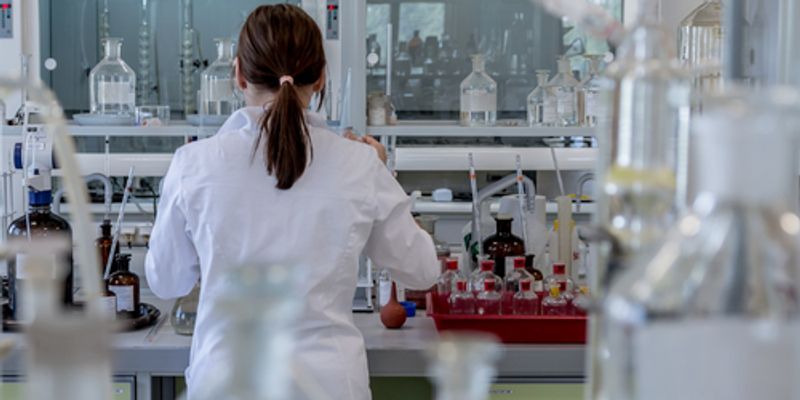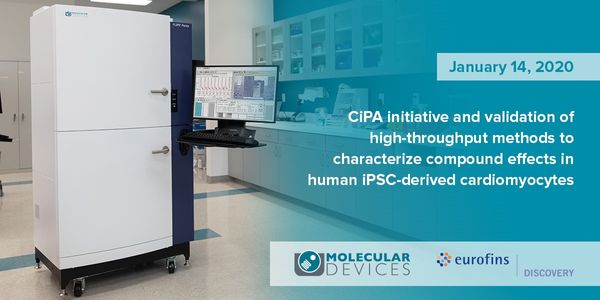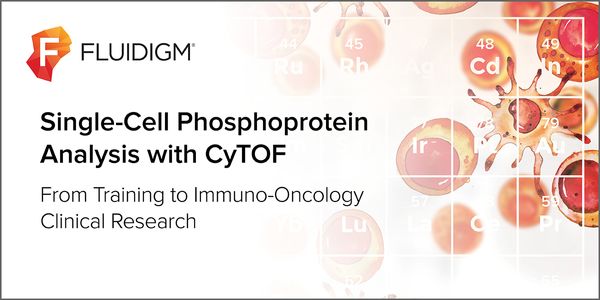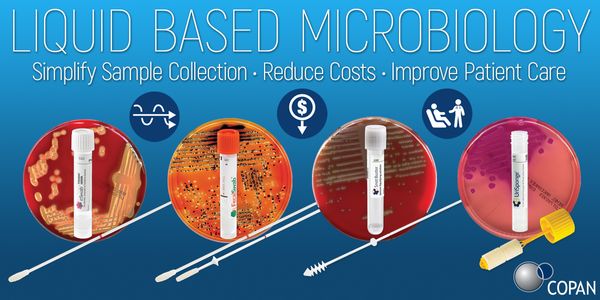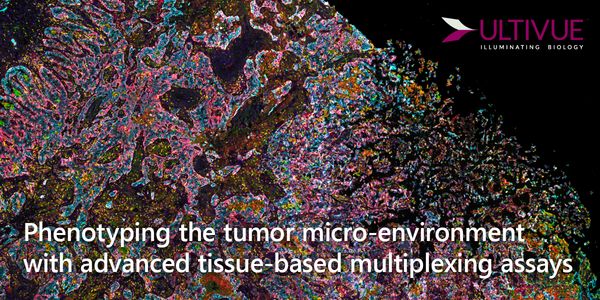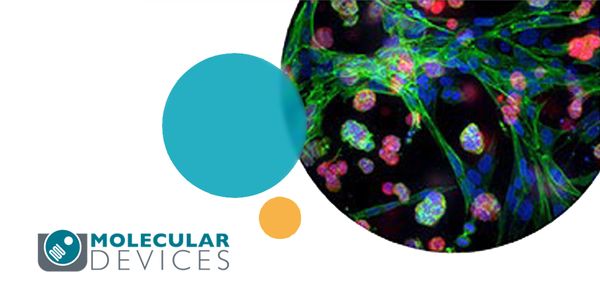Reagent and instrument
Reagents and instruments are tools used in laboratory science experimentation. Reagents are substances used to measure, identify, or detect another substance. Reagents can also be utilized to create a new substance through eliciting a chemical reaction. Instruments are the tools and equipment operated in the laboratory setting.
-
Whether you are performing killing assays, characterizing the tumor microenvironment, or investigating immunogenicity, primary cells are essential for the discovery of new therapeutics. Conc...Speaker: Josh Mahlios, PhD
The compendium of newly emerging and currently available hemophilia and anticoagulant treatments, while offering new choices for improved patient care, can create significant levels of inter...
Speaker:
Donna Castellone, MS, MASCP, MT(ASCP) SH
JAN 14, 2020 | 8:00 AM
DATE: January 14, 2019 TIME: 8:00am PST Drug-induced QT interval prolongation and Torsades de Pointes (TdP) arrhythmias are the leading causes for drug withdrawals from market and compound a...
Speaker:
Muthukrishnan Renganathan, PhD
, Panida Lertkiatmongkol, PhD
, Oksana Sirenko, PhD
, Carole Crittenden
Sponsored By: Molecular Devices,
Eurofins Discovery
DEC 17, 2019 | 8:00 AM
DATE: December 17, 2019TIME: 8:00am PSTMass cytometry instruments simultaneously measure >50 cellular features, with a typical experiment including millions of cells. Dysregulated...
DEC 10, 2019 | 7:00 AM
DATE: December 11, 2019 TIME: 7:00am PST, 10:00am EST Rapid growth in the cell and gene therapy industry has generated an urgent need for robust analytics around characterization of both vec...
NOV 07, 2019 | 10:00 AM
DATE: November 7, 2019TIME: 10:00am PST, 1:00pm EST Studying the pathogenesis of diabetes requires detailed analysis of the pancreatic islet microenvironment and its numerous c...
OCT 16, 2019 | 10:00 AM
DATE: October 16, 2019TIME: 9:00am PDTManual titrations can be extremely challenging and frustrating, impeding your efficiency in the lab. More importantly, these issues can lead to inc...
The quest to cure cancer through the manipulation the immune system has been at the forefront of science for the past half-decade. The result has been the emergence of a multitude of promisin...
Speaker:
Josh Mahlios, PhD
Presented at: Cancer Research & Oncology Week Virtual Event Series 2019
Sponsored By: Miltenyi Biotec
Sponsored By: Miltenyi Biotec
Computer vision (CV) has seen rapid growth in many industries, including the life sciences with high-content cell imaging and phenotypic assays. However, many biomolecular and cellular assay...
The ultimate limits of diagnostics in biology are the “quantum” units that convey information, e.g. single nucleic acids, proteins, and cells. Microfluidics has emerged as a power...
Speaker:
Dino Di Carlo, Ph.D.
APR 23, 2019 | 9:00 AM
DATE: April 23, 2019TIME: 9:00am PDT, 12:00pm EDT ABSTRACT: Learning Objectives: List benefits of liquid based collection and transport systems...
MAR 21, 2019 | 7:00 AM
DATE: March 21, 2019TIME: 7:00am PDT, 10:00am EDT The benefits of multiplex immunohistochemistry assays for tissue analysis are numerous. High-level multipl...
Whether you are performing killing assays, immunophenotyping of TILs, characterizing the tumor microenvironment, or investigating immunogenicity, primary cells are essential for the discovery...
Speaker:
Lotta Raty
The Chain of Custody in our labs is the unbroken link between the objects used in your research: your people, the animal models, the cell lines, reagents, compounds; the lab instruments and d...
Everyone that uses titration in their lab knows how simple and fast the technique can be. However, uncertainty around when to replace electrodes creates confusion. Reagent quality, tubi...
Speaker:
Jessica McVay
, Lori Spafford
